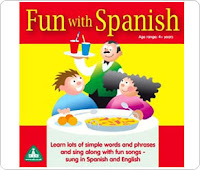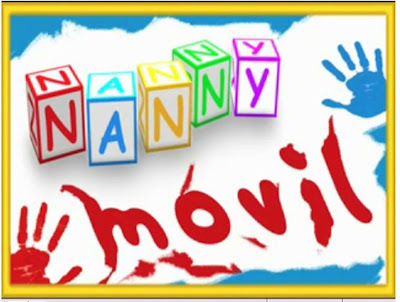 As you know if you read a previous post, I am strangely fascinated by the Eurovision Song Contest. It’s mainly to do with Terry Wogan’s irreverent commentary and the hilarious subtitle bloopers that occur on Ceefax when they instant-translate the hosts speaking rather than the singing which is often dire.
As you know if you read a previous post, I am strangely fascinated by the Eurovision Song Contest. It’s mainly to do with Terry Wogan’s irreverent commentary and the hilarious subtitle bloopers that occur on Ceefax when they instant-translate the hosts speaking rather than the singing which is often dire.
This year, I’ll be away in Spain and will probably let the whole thing pass me by as the two reasons I watch are inaccessible and, more importantly, I’ll have better things to do ;o)
However, I can’t let the occasion pass with out celebration so I was really pleased when Jo Rhys-Jones began a new NING network – The Alternative Eurovision Contest for Schools.
As Jo explains in a post on Talkabout Primary MFL,
‘Have just created a new ning – The Alternative Eurovision Song Contest for Schools – it will incorporate many of the ideas above (Geography, citizenship, ICT, Literacy as well as language links), with set tasks for your class to complete beginning with labelling their chosen country on a Frappr map like the one on this main page and building to our own contest so we can vote on each other’s contributions. I hope it will be in the style of Sharon Tonner’s VOTW with lots of support and help on the ICT side and plenty of flexibility on which tasks you choose to complete and how/when you do them. Then classes should be able to view/listen to each other’s work as the project gradually builds.’
Whitehouse Common have chosen to represent … you’ve guessed it … Spain!
We’ve completed the first task – placing our flag on the Frappr map and are now working on task 2 – a promotional video showing the best of Spain. Plenty of images from which to choose there!
Jo has made a Slideshare full of ideas to help you use the event in your classroom, but why not join the fun on the NING? And it is meant to be fun, I keep reminding myself as I wind up Chris Fuller who has also chosen to represent Spain- may the best entry win… as long as it’s ours ;o)








